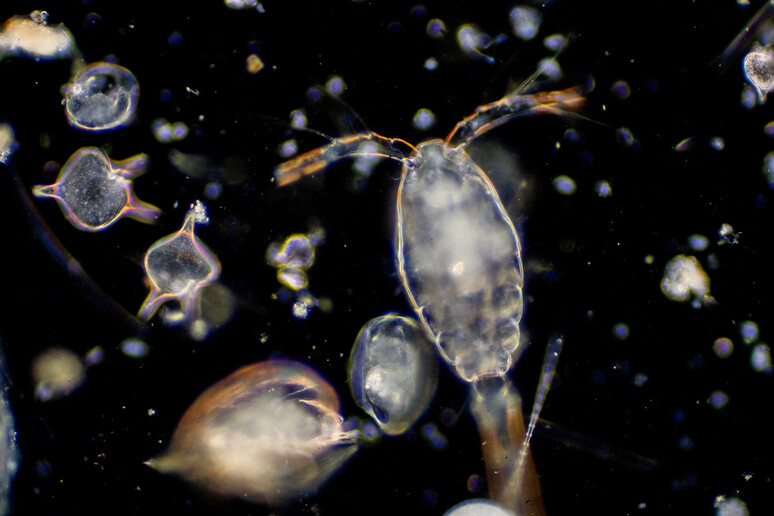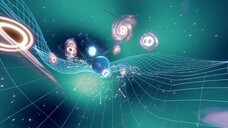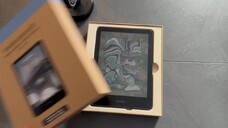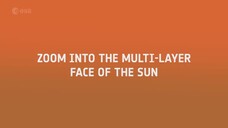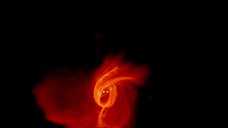Researchers have finished cataloguing the micro-organisms that live in the planet's largest habitat, the oceans. The work, led by Italian Elisa Laiolo of King Abdullah University of Science and Technology in Saudi Arabia, is published in the journal Frontiers in Science.
The catalogue, which is called Kmap and is available free of charge, is the result of systematic research that has led to the collection of 317 million different sets of genes useful for understanding ocean biodiversity, but also for identifying substances thta can be used in the development of new drugs.
"Kmap Global Ocean Gene Catalog 1.0 represents a step towards understanding the entire diversity of the ocean, containing more than 317 million gene sets from marine organisms around the world," said Laiolo.
It is the largest catalogue of its kind and it will provide a fundamental tool for studying how different ocean ecosystems work, monitoring the impact of pollution and global warming and identifying potential biotechnological applications, such as new antibiotics or new ways to break down plastic.
It has been made possible thanks to new techniques allowing researchers to sample the DNA found in the marine environment more easily and cheaply, and to the development of increasingly powerful supercomputers.
Consequently, the study team has been able to analyse the DNA of more than 2,000 ocean sites, taking samples at various depths, and to classify millions of species of microorganisms according to their genetic characteristics
Riproduzione riservata © Copyright ANSA





